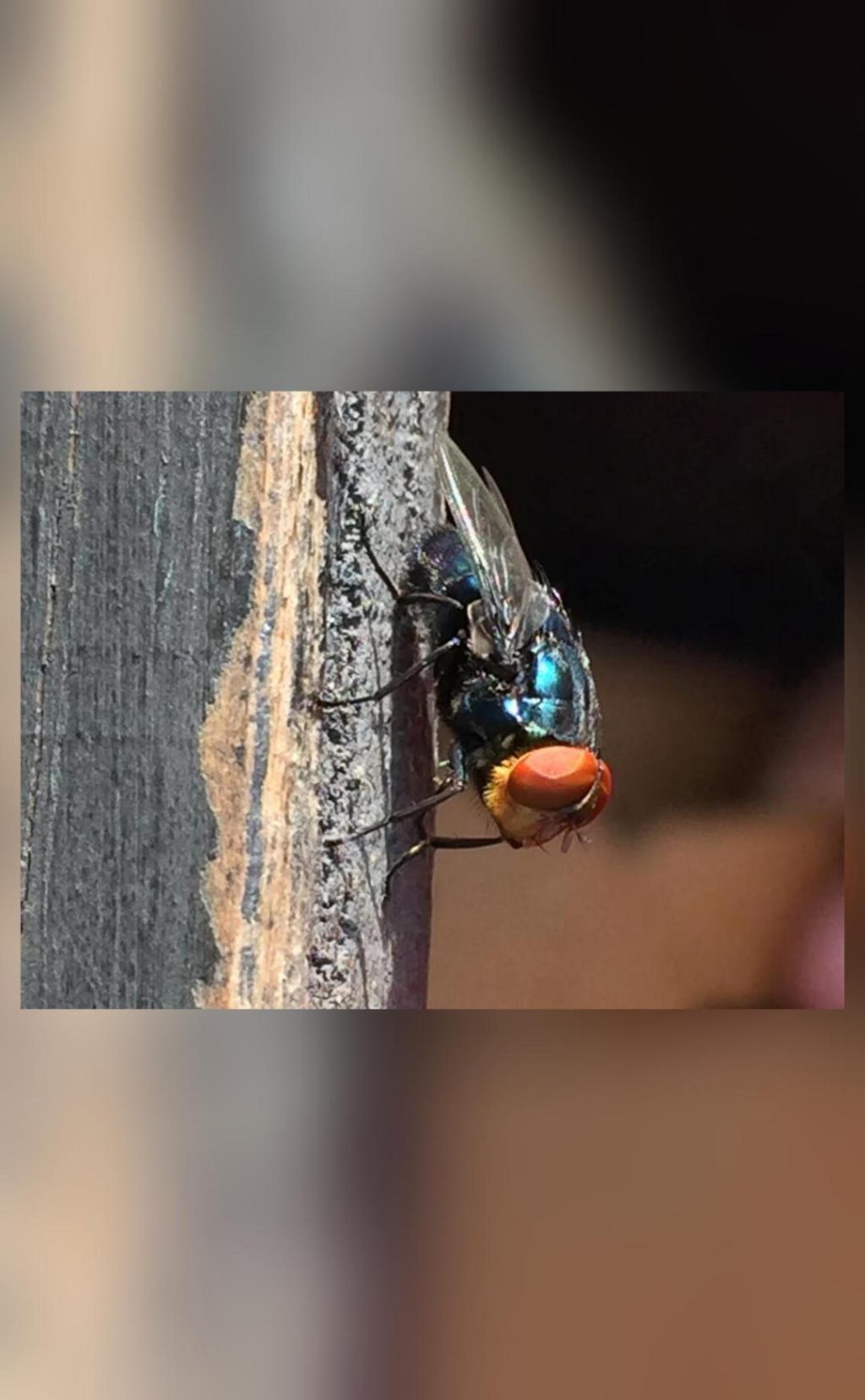
Why is the US planning to breed screwworm flies and dump them from planes over Mexico?
In a bizarre and innovative effort to protect its beef industry from the flesh-eating larvae of the New World screwworm fly, the US government is preparing to breed billions of male flies and dump them from planes over Mexico and southern Texas. The male flies will be sterilized with radiation to prevent them from reproducing with female flies and causing the population to die out. This unconventional approach may seem strange, but it’s a crucial step in controlling the spread of screwworm fly infestations, which can have devastating consequences for the cattle industry.
What is the New World screwworm fly?
The New World screwworm fly (Chrysops spp.) is a type of fly that is native to the Americas. Its larvae are known to infest the flesh of warm-blooded animals, including cattle, horses, and even humans. The screwworm fly is a significant threat to the livestock industry, as it can cause severe damage to the animals’ skin and underlying tissues, leading to painful and potentially life-threatening conditions.
How does the screwworm fly infestation occur?
Screwworm fly infestations typically occur when female flies lay their eggs near the wounds or orifices of animals, such as around the eyes, nose, or mouth. The larvae then emerge and begin feeding on the animal’s flesh, causing significant harm and discomfort. If left untreated, screwworm infestations can lead to serious health issues, including gangrene, septicemia, and even death.
Why is breeding male flies the solution?
In an effort to control the spread of screwworm fly infestations, the US Department of Agriculture’s Animal and Plant Health Inspection Service (APHIS) has developed a novel approach: breeding male flies and sterilizing them with radiation. The sterilized male flies will be released over Mexico and southern Texas, where they will mate with female flies, preventing them from laying eggs and perpetuating the infestation.
How will the program work?
According to a report by the Hindustan Times, the US government plans to breed an estimated 3 billion male screwworm flies in a specialized facility in Panama. The male flies will be sterilized using a technique called gamma radiation, which renders them incapable of reproduction. The sterilized flies will then be packed into containers and released from planes over Mexico and southern Texas.
What are the benefits of this approach?
Breeding and releasing sterilized male screwworm flies offers several benefits over traditional methods of controlling screwworm fly infestations. For one, it is a more targeted approach, as it focuses on eliminating the female flies that are responsible for laying eggs, rather than simply spraying pesticides or using other broad-spectrum methods. Additionally, this approach is more environmentally friendly, as it does not involve the use of chemical pesticides or other hazardous substances.
What are the concerns?
While the breeding and release of sterilized male screwworm flies may seem like a novel and effective approach to controlling screwworm fly infestations, there are some concerns about the potential risks and unintended consequences. For example, there is a risk that the released flies may not be completely sterilized, which could lead to the establishment of a new population of screwworm flies. Additionally, there may be concerns about the potential impact on non-target species, such as beneficial insects or wildlife.
Conclusion
The US government’s plan to breed and release sterilized male screwworm flies is a bold and innovative approach to controlling screwworm fly infestations. While there are some concerns about the potential risks and unintended consequences, the benefits of this approach are clear. By targeting the female flies that are responsible for laying eggs, the US government is taking a proactive and targeted approach to protecting its beef industry from the devastating effects of screwworm fly infestations.
Source:






